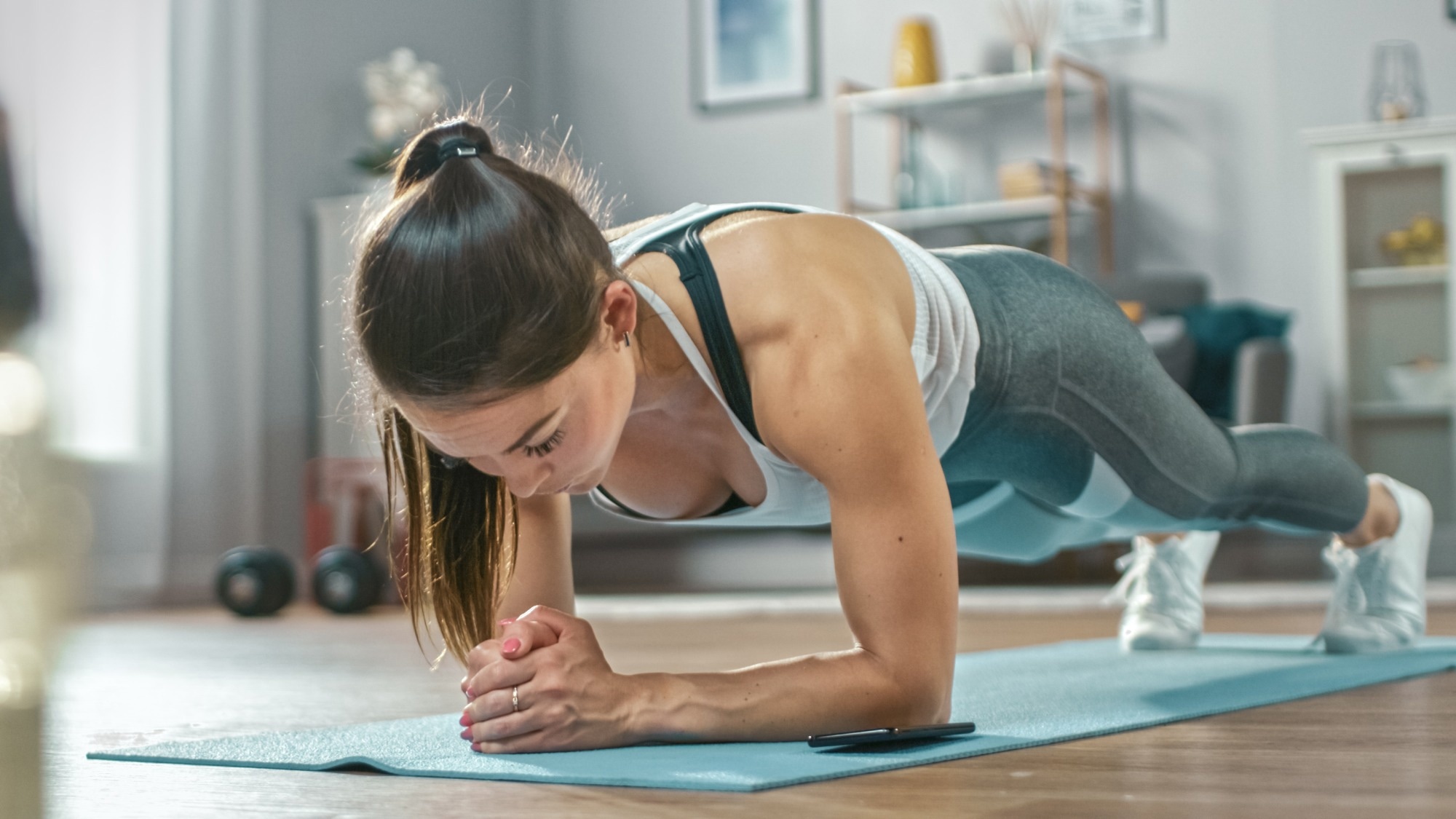Type 2 diabetes (T2D) patients are recommended exercise along with dietary and behavior modifications. In fact, exercise is an independent treatment that can prevent, delay, or reverse T2D.
A recent American Journal of Medicine Open study compared aerobic, resistance, and concurrent exercise, which is the combination of both aerobic and resistance exercise, to determine its effect on insulin sensitivity and cardiometabolic health. Furthermore, the researchers assessed whether the intensity or timing of exercise throughout the day influences optimal effects on glucose control.
 Study: The importance of exercise for glycemic control in type 2 diabetes. Image Credit: Gorodenkoff / Shutterstock.com
Study: The importance of exercise for glycemic control in type 2 diabetes. Image Credit: Gorodenkoff / Shutterstock.com
Exercise and T2D
Clinicians recommend increased physical activity improves glucose levels and helps manage glycemia within a given range. Individuals at a high risk of T2D are advised to do physical activity of either 150 minutes every week of moderate-intensity exercise or vigorous-intensity aerobic exercise for 75 minutes each week. Increased physical activity and a low-fat diet promote weight loss, which reduces T2D risk by approximately 45%.
Haemoglobin A1C (HbA1C) indicates the average blood glucose levels for eight to 12 weeks. Notably, a reduction in body weight by 2-10% between one and four years leads to a reduction in HbA1c by 0.2-1.0%.
The U.S. Diabetes Prevention Program (DPP) revealed that an increase in physical activity of 30 minutes each day not only decreased the cumulative incidence of diabetes by 58% in prediabetics but also reduced the incidence of new T2D cases.
A recent study has indicated that caloric restriction through dietary modification and exercise in people with T2D improved insulin sensitivity and glucose tolerance. An oral glucose tolerance test (OGTT) revealed that the combination of dietary modifications and physical activity yielded better results as compared to practicing either one of the interventions alone.
Only two weeks of exercise was linked with an improvement in glucagon-like peptide-1 (GLP-1), which was associated with improved pancreatic β-cell function. A high-intensity interval exercise suppressed acylated ghrelin and increased satiety. Therefore, the addition of exercise to caloric restriction improves quality of life.
Combining exercise and caloric restriction has also been shown to decrease visceral fat. In fact, previous studies found that individuals practicing high-resistance exercise lost the highest amount of visceral fat as compared to other forms of exercise.
Weight loss is a significant predictor of T2D prevention. Recent estimates indicate that a 4% weight loss with 150 minutes each week of physical activity causes a reduction in HbA1c by 0.2%. Several studies have indicated that exercise positively influences glucoregulatory effects through weight loss-dependent-and-independent mechanisms.
T2D conditions can be reversed through exercise. One previous study reported that 12 months of high-intensity exercise can reverse and normalize blood glucose in prediabetics and patients with T2D. Another study has shown that two weeks of high-intensity interval or moderate continuous exercise can reverse prediabetic conditions.
Short-term high-intensity interval training (HIIT) for over two weeks decreased the average glucose reading substantially. Nevertheless, all people with hyperglycemia do not respond favorably to exercise.
How does exercise timing influence the health benefits?
Recently, researchers have investigated favorable exercise timing, such as the time of day and before/after meals, for optimal glycemic control. This will help in long-term glycemic control and postprandial glucose spikes across the day.
To this end, scientists considered circadian physiology, which influences glucose homeostasis. A variety of physiologic processes, such as glucose tolerance, body temperature, circulating insulin, and adipose tissue-related hormones, are associated with circadian physiology.
In healthy individuals, these processes collectively worsen in the afternoon and evening as compared to the morning. Considering this observation, some studies have indicated that the consumption of smaller meals during dinner could be more beneficial than traditional large dinner meals.
T2D patients have a disrupted circadian rhythm, which could be improved with exercise. Diurnal oscillations indicate that glucose metabolism is better at specific times of the day and that incorporating exercise in these timings will yield optimal glycemic control.
Some studies have shown that for both people with or without T2D, physical activity in the afternoon or evening could be more beneficial for glucose sensitivity and circulating glucose as compared to similar levels of exercise in the morning. However, morning exercise was found to be better for weight management and activity adherence.
Postprandial exercise has been associated with better glucose control by attenuating acute glycemic spikes, irrespective of exercise intensity or type. A longer duration of physical activity revealed more significant health benefits.
Exercising 30 minutes before a meal reduced postprandial blood glucose in patients with T2D or insulin resistance. In addition, moderate-intensity cycling before carbohydrate intake improved postprandial insulin sensitivity and reduced lipemia in obese men.
A brief exercise, such as three sets of one-minute light-intensity jogging or resistance exercise, after meals, blunted glucose spikes. It is important to break sedentary behavior with physical activity to experience a good quality of life.